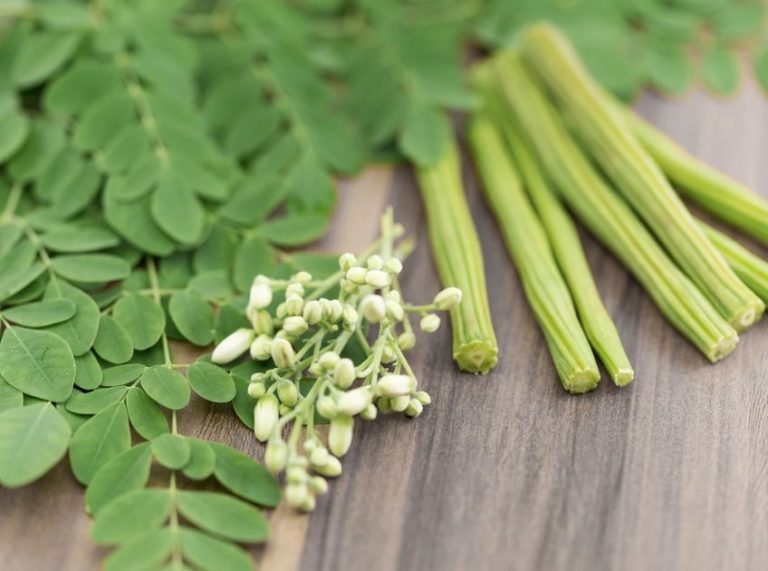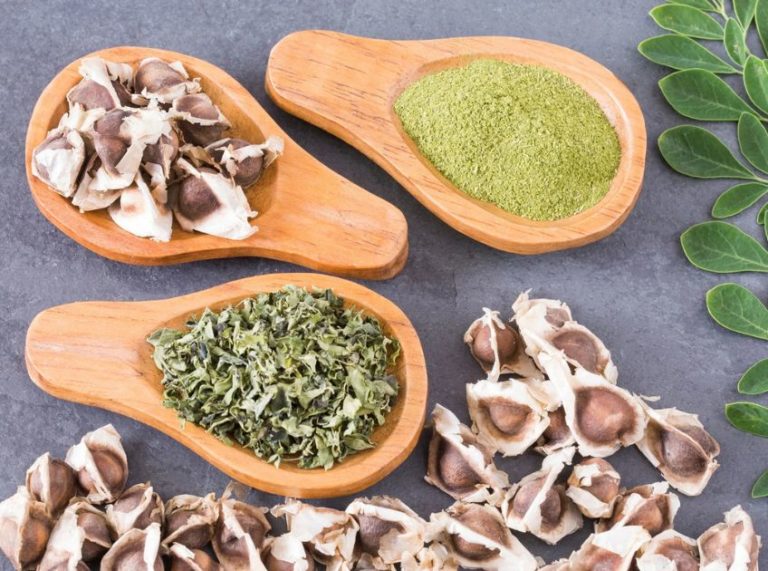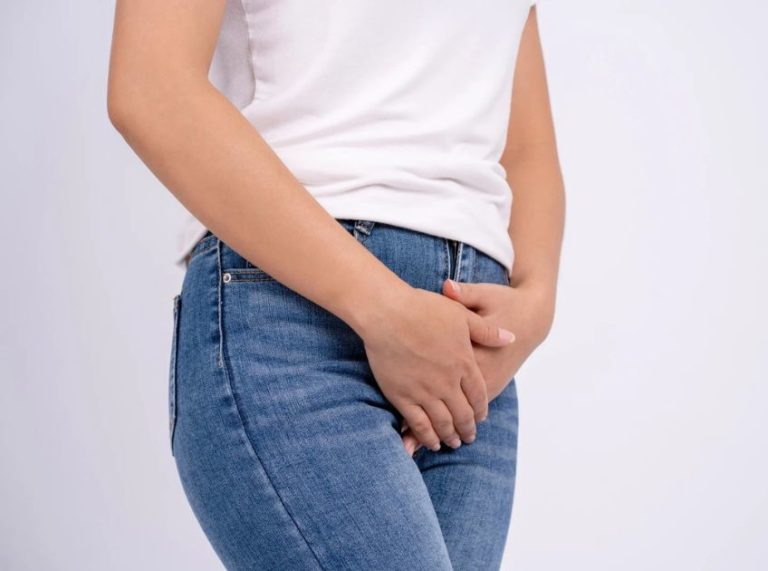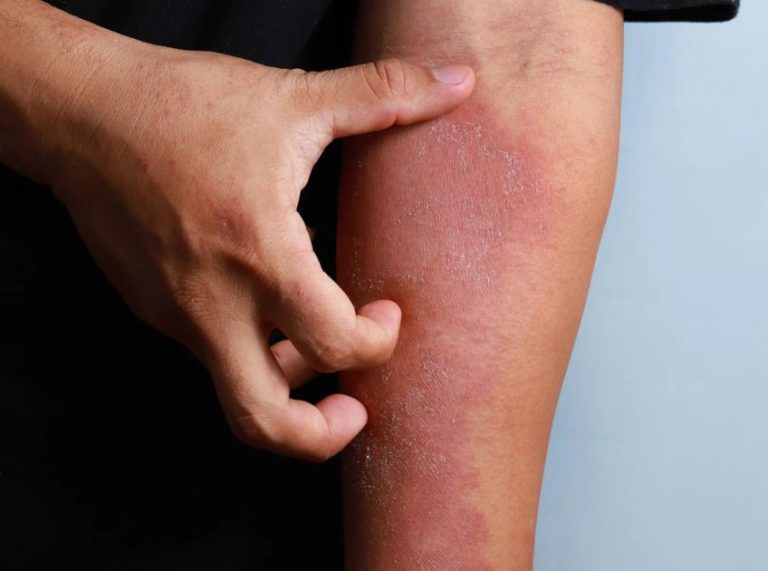
Important: This article is for informational purposes only. Please read our full disclaimer for more details.
The tongue is important for various functions, including speaking, eating, and tasting. It is a muscular organ in the mouth that sits against the bottom of the mouth and goes back into the pharynx.
The tongue helps to chew and swallow the food, and moving the tongue against the palate and teeth is also important for the ability to speak. But if you get any bump in the tongue, it makes it uncomfortable for doing any such functions.
If you have recently noticed a white bump on the tip of your tongue, get a detailed insight into it- its type, causes, symptoms and treatment.
White Bump?
The white bumps on the tip of the tongue that are often painful and cause irritation are called Transient Lingual Papillitis (TLP), also known as lie bumps. It can also be red sometimes and look and feel like pimples.
Usually, these white bumps appear when something irritates your papillae. They cover your tongue and contain your taste buds. Often, the irritated papillae start to swell and make noticeable, painful bumps on the tongue.
It gets its alternative name, lie bump, from a superstition that it only affects people when they lie.
Types of white Bumps

Different type of white bumps has different symptoms
- Classic: This is the most common form of transient lingual papillitis; it causes a single painful red or white bump, usually towards the tip or the side of the tongue. There is no such associated illness or enlargement of the lymph gland.
- Eruptive: It typically affects children, along with the characteristics of red and white bumps. An eruptive white bump is often associated with fever and swollen lymph nodes. This may be contagious.
- U-shaped: Symptoms include macroglossia (enlarged tongue) and spots on your tongue. It is often associated with the swelling of the tongue. It could be a COVID-19 symptom, poor oral hygiene, or oxygen therapy.
- Papulokeratonic: It causes a yellow and white bump that covers the whole tongue and does not cause any symptoms. It may be persistent.
Two Different Cases of White Bumps on Tip of Tongue
1. Acute TLP: It is the most common type and usually lasts for a few days up to two weeks. It is indicated by a sudden outbreak of pain, inflammation, and tingling sensation on the tongue. Symptoms often resolve without treatment within a few days.
2. Recurrent TLP: It happens when acute TLP episodes occur over weeks, months, or years. This typically starts with mild symptoms such as burning or tingling sensation on the tongue that gradually worsens over time. The white bumps may become large and painful to touch and even bleed easily when rubbed against the teeth or food particles.
What Causes White Bumps on the Tongue?
White bumps on the tongue are thought to be extremely common, but specific underlying causes remain unclear.
Here are a few assumed causes of white bumps on tongue-
- Certain food: Spicy food or food with high acidity or high sugar may cause inflammation, causing tongue bumps.
- Injury: Trauma to the tongue, including biting the tongue accidentally or burning it with hot food, can also lead to an inflammatory response and cause lingual papillitis.
- Dental Issues: Sometimes, chronic irritation from the teeth due to plaque build-up, fillings, or dental appliances can be additional initiating factors to the white bumps on the tongue.
- Gastrointestinal complications: Among them, constipation is a major factor that brings bumps on the tongue.
- Infections: Underlying bacterial or viral infection such as herpes simplex virus can cause white bumps on tip of tongue.
- Lifestyle: Peak stress, sleep deprivation, and lack of good nutrition can all contribute to an inflammatory response, increasing the chance of transient lingual papillitis.
- Allergy: Allergic reaction to medicine, food, or other allergy triggers such as pollen.
Symptoms of White Bumps on Tongue
People may feel different symptoms according to the severity of the white bumps. Some common symptoms include the following-
- Sharp pain on tongue
- Burning or tingling sensation
- Itching and swelling
- Distorted taste and dry mouth
- Increased sensitivity to hot food
- Discomfort and mild fever
- Redness in the tongue
- Difficulty in speaking
- Bad breath and metallic taste in the mouth
If there are complications like loss of complete sensation in your mouth, loss of salivation, etc., it is wise to stop home treatment and see a doctor soon. The treatment can go from a few days to a few weeks, depending on the severity of the condition.
How To Treat White Bump On The Tongue? (TLP)
Typically, treatment is not required for TLP since it heals on its own in about two to three days; however, if the pain and other symptoms persist, then you could treat it on your own.
- Rinsing the mouth with lukewarm salt water or antibacterial mouthwash could help reduce the bacteria in the mouth.
- Avoid spicy and acidic food. Eating yogurt could soothe the inflammation caused by the bump in the tongue.
- Over-the-counter topical mucosal treatments can help in reducing the pain and swelling.
- Drinking cold fluid will help to soothe the inflammation.
- Supplements that contain vitamin B12, zinc, and iron may also be recommended to speed up the healing process.
How to Preventing TLP?
We can get these little bumps on our tongues due to various factors, some of which are not in our control, but we can take precautions to avoid building the environment for the cause.
Here are a few preventive measures to avoid getting white bumps on tongue-
- Stay hydrated, drink ample water, and rinse your mouth after every meal.
- Getting regular dental check-ups and cleaning.
- Maintaining proper oral hygiene, including brushing twice daily and rinsing with antibiotic mouthwash.
Image Source : Canva
Conclusion
While these white bumps on the tip of tongue are painful, they often resolve fairly soon after they appear without any treatment. Home treatment can help them heal even faster.
If you are experiencing any complications related to TLP, it is advised to consult a doctor as soon as possible. Usually, they are not a matter of concern but the doctor will rule out any possibility of uncertainty.
Related Articles
- What’s Causing This Bump on My Forehead, and Should I Be Concerned?
- How to Get Rid of a Nose Piercing Bump?
- What Causes Bumps On The Roof Of Your Mouth?
- How To use Apple cider Vinegar For Lipoma Treatment
- How to Get Rid of Razor Bumps In The Bikini Area?
- What Causes Red Bumps On Back Of Throat
- Baking Soda for Razor Bumps – Benefits, Uses and Precautions
- Why Do I Have A Bump On My Nose?
- Bump on the Side Foot – Common Causes & Treatment Options
- How to Use Aspirin for Razor Bumps
- How to Tell If It’s Herpes or Razor Bumps? Causes, Symptoms and Treatment
- Apple Cider Vinegar for Razor Bumps – Benefits and Uses
- Tea Tree oil for Razor Bumps – Benefits and Uses
- 7 Best Razors For Sensitive Skin
- How to Get Rid of Razor Bumps Using Aloe Vera?
- The 12 Best Home Remedies To Get Rid Of Razor Bumps Fast















